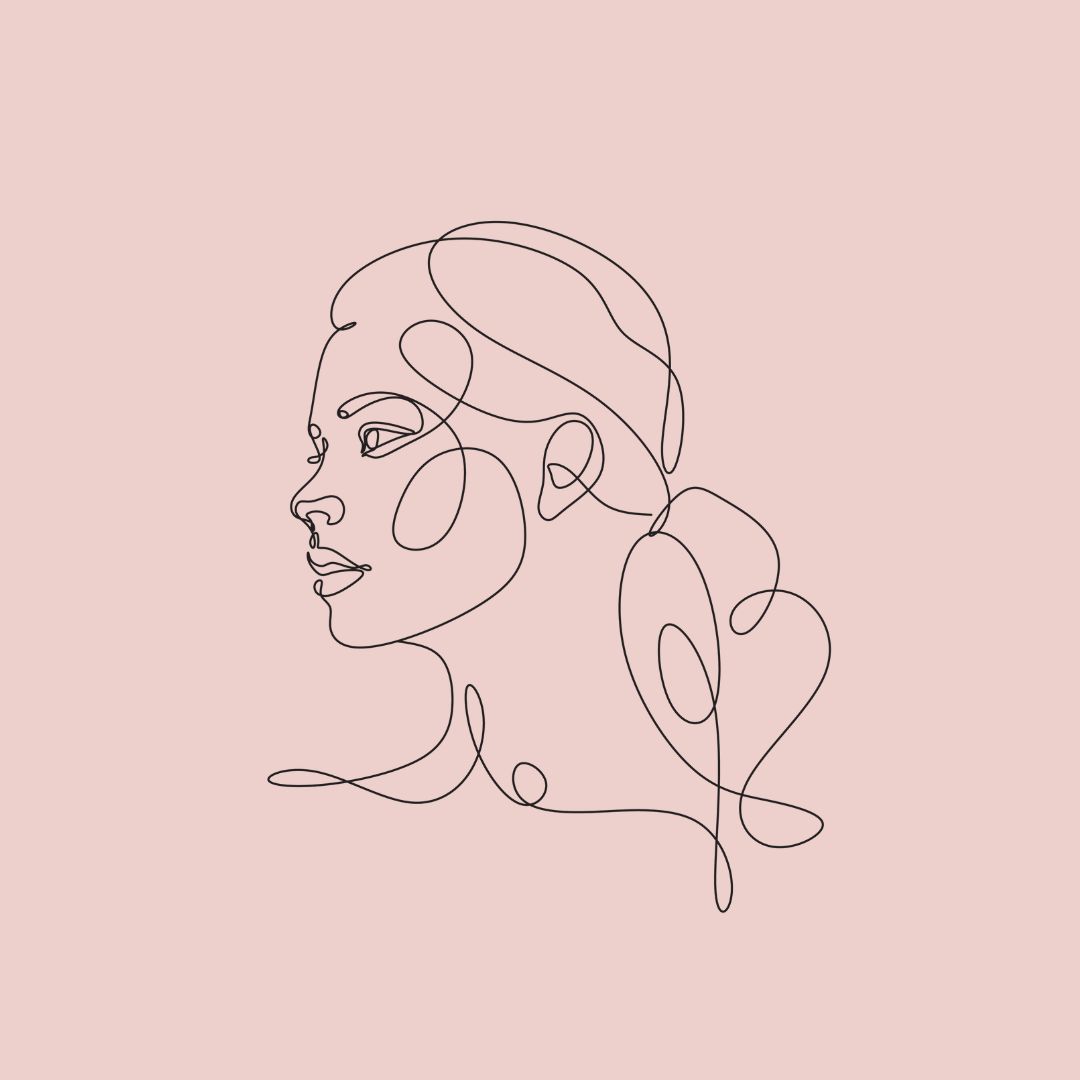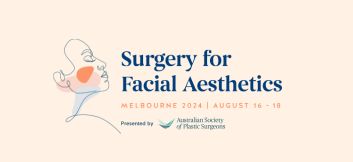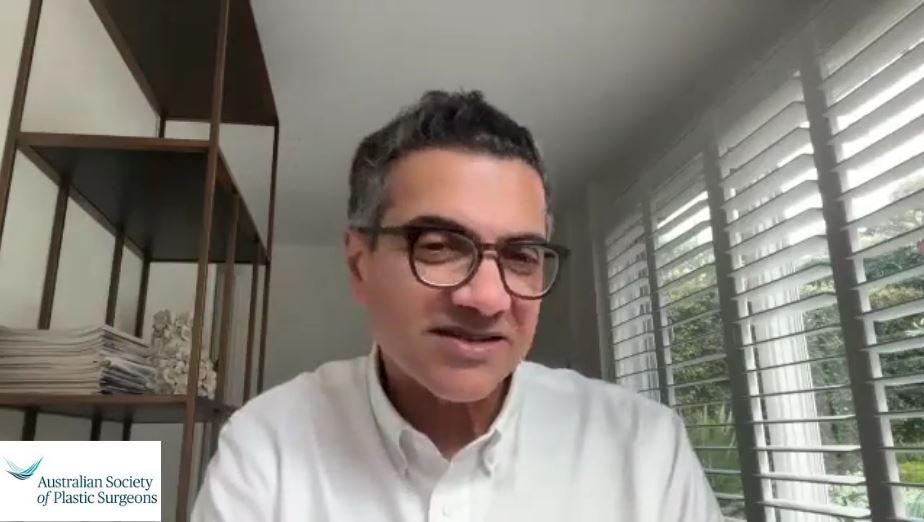About ASPS
About Plastic Surgery
- About Plastic Surgery
- About Specialist Plastic Surgeons
- ASPS Staff
- Australasian Foundation for Plastic Surgery
- Becoming a Specialist Plastic Surgeon
- Ethical Framework
- Events
- Find a Surgeon
- Governance
- In Memory
- Medical Codes and Guidelines
- Partners
- Reference Links
- What We Do
About Plastic Surgery
The word ‘plastic’ in plastic surgery is derived from the Greek word ‘plastikos’ which means to mould or give form. It refers to the way in which one can reshape the tissues of the body to restore form and function. Since its foundation, plastic surgery has encompassed both reconstructive and cosmetic (aesthetic) surgery. Historical evidence of these types of procedures date back more than four thousand years.
Today, the medical specialty of plastic surgery encapsulates a comprehensive and diverse set of subspecialty disciplines. Fully qualified surgeons who perform plastic surgery are known as Specialist Plastic Surgeons. They are integral to the public hospital system, and contribute extensively to the advancement of medical science through research, education and training.
Video: History of plastic surgery
Plastic Surgery was probably first performed by Indian potters around 3000 BCE. Ritual amputation of the nose was the punishment dealt out to thieves and adulterers. The potters used a flap of tissue taken from the forehead to turn down over the nose defect, a technique still in use today.
Physicians in India were using skin grafts for reconstructive surgery in 800 BCE. An Indian physician, Sushruta, described in his Sanskrit text, Sushruta Samhita (Sushruta’s encyclopaedia), methods of examination, diagnoses, treatments and procedures for reconstruction on nose and earlobes by using the skin from other parts.
In the first century CE, the Roman medical encyclopaedist, Aulus Cornelius Celsus, was using advancement flaps. By around the 1st century, Romans were repairing damaged ears. Surgeries were performed and some progress was being made. But there were grave risks of infection with the existing standards of hygiene and surgery meant a lot of pain. Anesthesia had not been developed yet.
The 19th and 20th century saw significant advances in Plastic Surgery techniques. Reconstructive surgery, incorporating aesthetic techniques, restored form and function as well as normality of appearance. In the late 19th century anesthesia was introduced. During and after the First World War many soldiers required reconstructive surgery of serious head and facial injuries. Ironically, the terrible injuries sustained in World War One were the catalyst that propelled significant advances in reconstructive and aesthetic Plastic Surgery.
Several Societies and sections of Plastic Surgery were formed around the world in the 1930s and 1940s. The American Society of Plastic Surgeons was founded in 1931; the Board of Plastic Surgery in America was founded in 1937 and in 1941, The American Association of Oral & Plastic Surgeons changed its name to The American Association of Plastic Surgeons. The British Association of Plastic Surgeons (BAPS) was founded in 1946. In 1955, the International Confederation of Plastic and Reconstructive Surgery was founded in Stockholm, Sweden.
In Australia and New Zealand, surgeons began working full time in Plastic and Reconstructive surgery after the Second World War. The section of Plastic and Reconstructive Surgery of the Royal Australasian College of Surgery (RACS) was formed in 1956. It began with 21 members (17 from Australia and 4 from New Zealand). Later, the section of Plastic and Reconstructive Surgery became the Division of Plastic and Reconstructive Surgery to align with other medical specialties in RACS. Today, RACS remains the only College that is accredited by the Commonwealth Governments of Australia and New Zealand to deliver specialist surgical training.
The Australian Society of Plastic Surgeons was founded in 1970 and incorporated on 19 April 1971. The Society was formed to represent plastic surgeons and to strengthen its voice as a unique and vital Specialty in the health arena. Today, ASPS is the recognised peak body for Specialist Plastic Surgeons. Membership criteria remain stringent. All ASPS members are Fellows of the Royal Australasian College of Surgeons (FRACS). Individuals applying for membership must have their names proposed and nominated by Specialist Plastic Surgeons. Subsequently, they are elected by the members of the Society at the Annual General Meeting.
FOUNDATION MEMBERS OF THE AUSTRALIAN SOCIETY OF PLASTIC SURGEONS
John Sadler BARNETT
John Cameron BREMNER
Kenneth James BROWN
Peter Brayton BROWN
John Allan BUNTINE
Roderick Peter CHANDLER
Benjamin Coplan COHNEY
Owen Russell COLE
Llewellyn Swiss DAVIES
David Lindsay DEY
Anthony James Jephson EMMETT
Hunter John Hall FRY
David Stuart FORBES
Thomas Rupert Maynard FURBER
Edward William GIBSON
George Stretton GUNTER
Frank James HAM
John Chadwick HANRAHAN
Trevor John HARRIS
John Turner HUESTON
John Andrew Baird HOKIN
Paul Gabriel LENDVAY
Donald Roger MARSHALL
Graeme Donald Hutson MILLER
Barrie Charles MILROY
Christo MITROFANIS
Harold Keith McCOMB
Lena Elizabeth McEWAN
Richard Kernan NEWING
Bernard McCarthy O’BRIEN
Maxwell Lachlan O’MARA
Anthony D’Arcy PELLY
Leon PITCHON
William James POATE
Benjamin Keith RANK, Sir
Desmond Maurice Vincent REA
Richard Anthony RIEGER
Basil William Birkenhead RILEY
Donald Neil ROBINSON
Leo ROZNER
John Armstrong SNELL
Arthur Lavender STEPHENSON
Noel Vincent SWEENEY
Bruce Walton TAYLOR
Geoffrey Ian TAYLOR
Chen Varki THOMAS
Robert Vance Sutherland THOMPSON
William Downing WALKER
Information about the history of the Queensland Chapter was published in a compendium titled ‘History of the Plastic and Reconstructive Surgeons’ Society of Queensland’ edited by Trevor J. Harris AM in 2012.
The Early Days of Plastic Surgery in Hobart by A.L. Stephenson
Featured Stories

Member Blog with Dr Ellis Choy: What is a Deep Plane Facelift?
Who is the ideal candidate for a deep plane facelift?…
Continue reading
